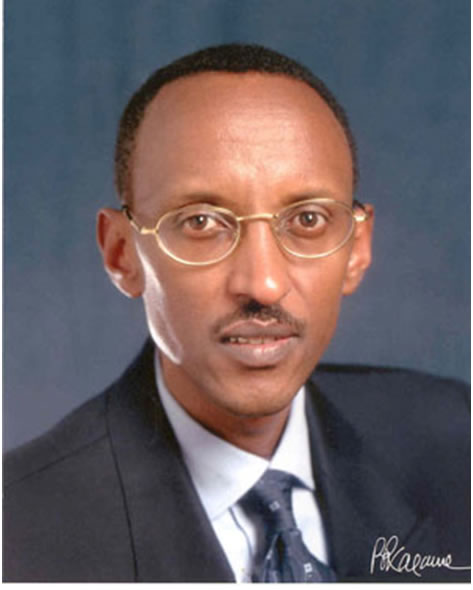 When the then recently built African Union (AU) headquarters was unveiled in Addis Ababa, Ethiopia, earlier this year, the $200 million structure now the capital city’s tallest building caused a splash. But it wasn’t just the mammoth building’s impressive spec sheet that drew comment, it was also the project’s bankroller; China. It is believed that China spent over 200 Million Dollars for the construction of this edifice.
When the then recently built African Union (AU) headquarters was unveiled in Addis Ababa, Ethiopia, earlier this year, the $200 million structure now the capital city’s tallest building caused a splash. But it wasn’t just the mammoth building’s impressive spec sheet that drew comment, it was also the project’s bankroller; China. It is believed that China spent over 200 Million Dollars for the construction of this edifice.
The Chinese government has been leading a construction boom across Africa, setting up huge dams and infrastructure projects, soccer stadiums, and even the world’s third largest mosque in Algeria. And the lavish new AU headquarters was paid for in its entirety by the Chinese government.
The towering edifice houses three conference centers, its own helipad, and enough office space to accommodate 700 workers. The 20-story high complex, designed by the Architectural Design and Research Institute of Tongji University, also features an impressive entrance.
Though it is widely believed that Chinese companies refuse to hire Africans and bring in all their own workers to execute their projects.
In February, the government of Algeria signed a contract with the China State Construction Engineering Corporation (CSCEC) to build what will be the third-largest mosque in the world and the largest outside Saudi Arabia. The facility which will be stretched across a 49 acre compound, boast a 900-foot-tall minaret, and have room for 120,000 worshippers. This is a means for the Algerian President to leave his mark in the history of Algeria.
Ghana also gave out a project for the construction of dam by China’s Sinohydro since 2009 and is due to be completed next year. As many as 2,600 people are being relocated for the 300 foot dam, which will flood a significant portion of the Bui National Park, home to two populations of black hippos as well as rare species of monkeys, lions, and leopards. The project will join Sudan’s Merowe dam, whose 174 square kilometer reservoir forced the relocation of 50,000 people, and Ethiopia’s Tekeze Dam, which at over 600 feet is the continent’s tallest, among China’s most ambitious hydroelectric projects in Africa.
The congress center in Equatorial Guinea, built by CSCEC, was originally commissioned for the purpose of hosting the 2011 African Union Heads of State Summit. The glass-encased avant-garde structure was designed by a Turkish architecture firm and built to filter in external light without overheating, while still providing stunning views of the Malabo oceanfront. The convention center which has been shortlisted for international architecture prizes is part of a new “city” of mansions and construction centers built near Malabo by the notoriously kleptocratic Obiang regime. It’s just one of a number of Chinese built projects that recently went up in the capital of the oil-rich but impoverished West African country, including a 15,000 seat stadium built for the 2012 Africa Cup of Nations.
Despite the fact that half of Angola’s population lives on less than $2 a day, a thriving oil sector and a housing shortage has made the capital city of Luanda one of the most expensive places to live in the world. So it is not surprising that the budding petrostate’s government is thinking big in terms of new housing projects. Some 20 miles south of Luanda, Chinese contractors are at work on a new city known, for now, as Kilamba Kiaxi, the first phase of which is due for completion at the end of this year, which will provide housing for 120,000 people in 710 apartment buildings, as well as schools, shops, and parks. Incredibly, Kilamba Kiaxi is just the largest of seven new cities the government plans to build throughout the country.
In kenya, the 31 mile long road being built by three Chinese firms connecting the capital city of Nairobi to the central Kenyan hub of Thika will be the largest road in East Africa at some places, 16 lanes wide. Apartment buildings are already springing up along the road, which it is hoped will help cut back on the notorious Nairobi traffic and help link the Kenyan economy with Ethiopia to the north. Unlike other countries, where China has launched major road-building projects the Democratic Republic of the Congo and Nigeria, for instance Kenya is not resource-rich. But projects like this one may help Chinese business set up an early foothold in one of the continent’s main economic centers. Chinese exports to Kenya are already over $800 million per year.
In Nigeria communications satellite NigComSat 1 was successfully launched in 2007 in China but de-orbited in November 2008 due to malfunction of the solar array deployment assembly. China decided in 2009 to build NigComSat 1-R to replace the defunct one without adding additional costs to Nigeria.NigComSat-1R, covering Central, Western and Southern Africa, Central and Eastern part of Europe, and some areas of Mid-Asia, will be mainly used for communications, broadcasting, tele- education, broad-band multimedia service and navigation service.
The question is why is China spending huge amount of money for projects in Africa? What diplomatic benefits accrued to Africans by this gesture? We hope this open secret will be revealed to the continent Africa soon.


